Foundation Sealings for Structural Protection

Spring offers optimal conditions for foundation sealing due to moderate temperatures and low moisture levels.
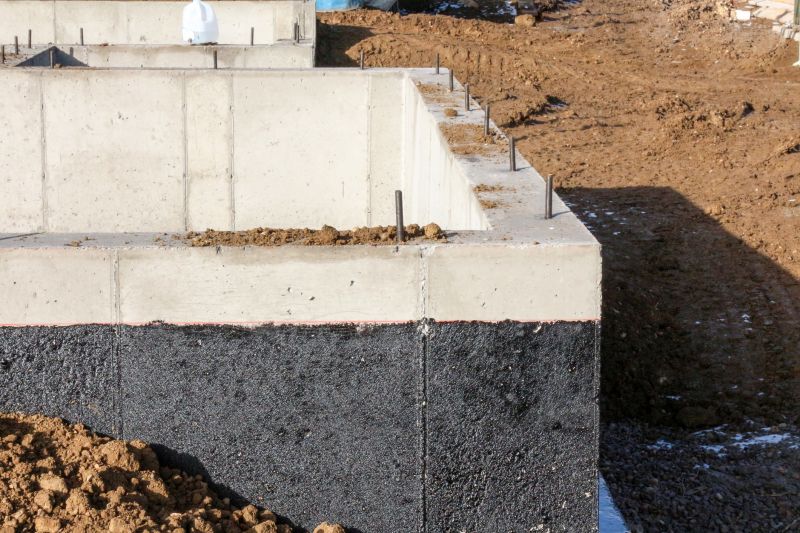
Summer provides warm weather, but high humidity can affect sealing effectiveness if not properly managed.
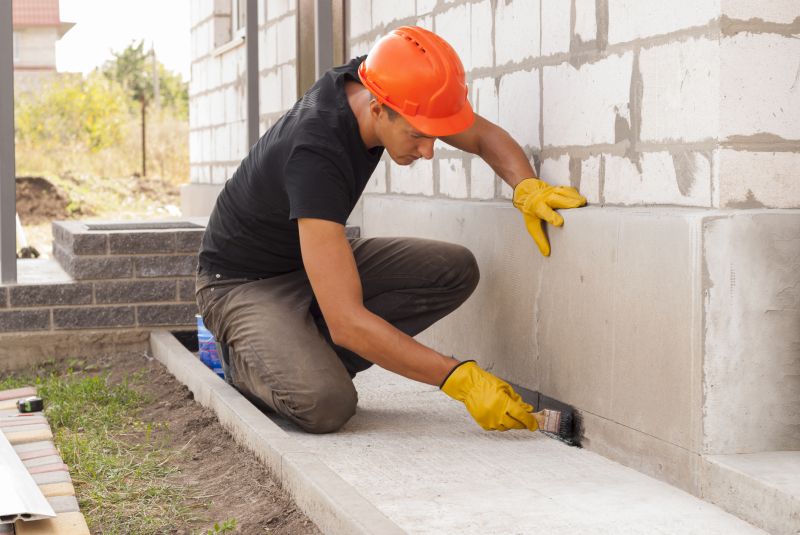
Fall's cooler temperatures and dry conditions make it an ideal time for sealing projects.
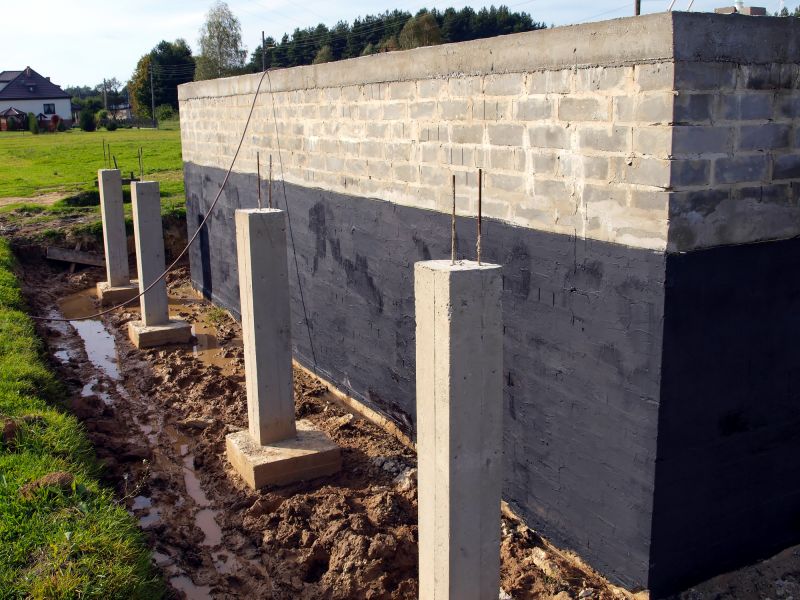
Ways to make Foundation Sealings work in tight or awkward layouts.
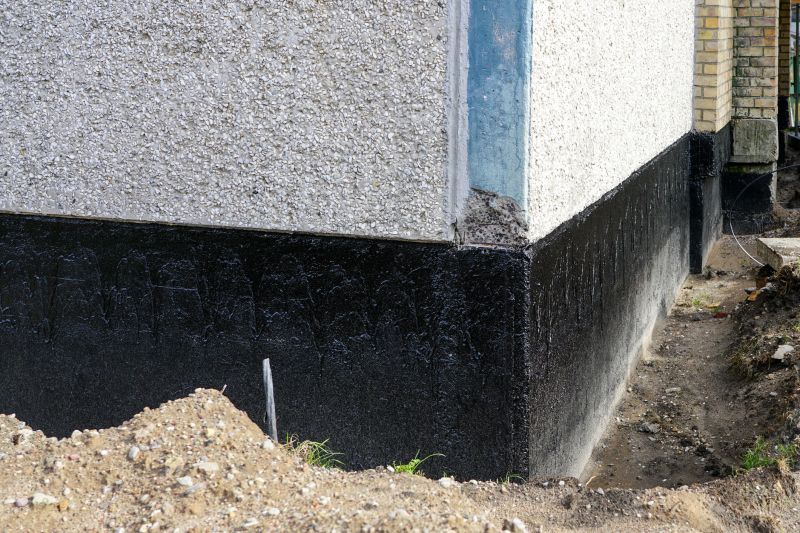
Popular materials for Foundation Sealings and why they hold up over time.
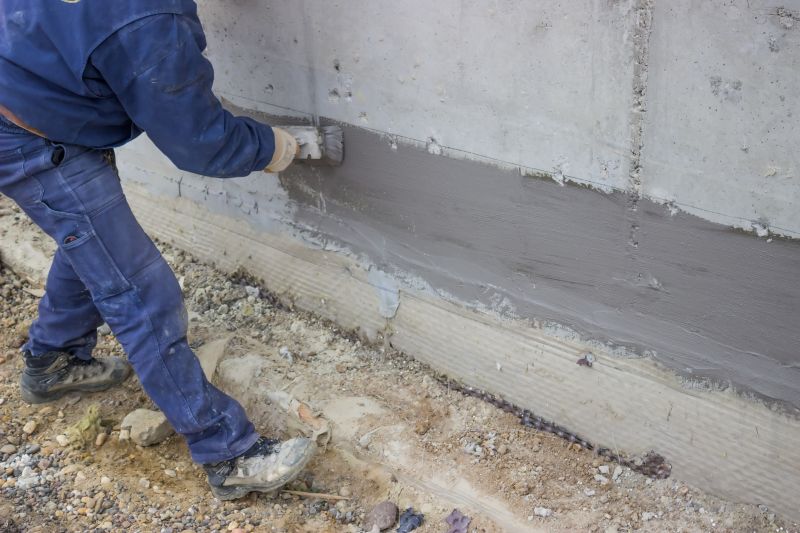
Simple add-ons that improve Foundation Sealings without blowing the budget.
Foundation sealings are essential for protecting a building's foundation from moisture intrusion, which can lead to structural issues over time. Proper sealing helps prevent water penetration, reduces the risk of cracking, and extends the lifespan of the foundation. The process involves applying a protective coating or sealant to the exterior or interior surfaces of the foundation to create a barrier against moisture.
Statistics indicate that foundation-related problems account for a significant percentage of structural repairs in residential and commercial buildings. Timely sealing can reduce these risks by up to 50%, especially when performed during optimal weather conditions. The best time to schedule foundation sealing is typically during periods of low rainfall and moderate temperatures, ensuring the sealant adheres properly and cures effectively.
Sealing helps prevent water damage, reduces mold growth, and minimizes soil erosion around the foundation.
Temperature, humidity, and soil moisture levels are key factors that determine the best time for sealing.
Proper surface cleaning and assessment are crucial before applying sealants for optimal results.
Regular inspections ensure the sealant remains effective and can be reapplied as needed.
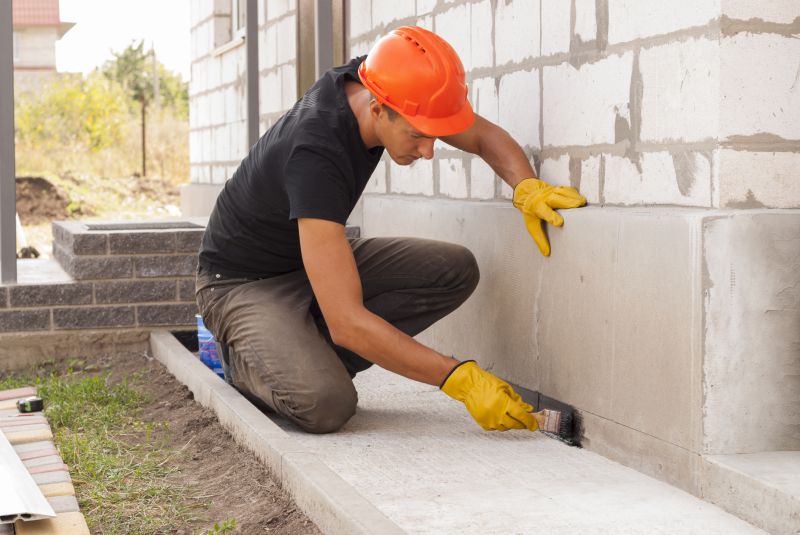
Applying sealant to exterior foundation surfaces to prevent moisture intrusion.
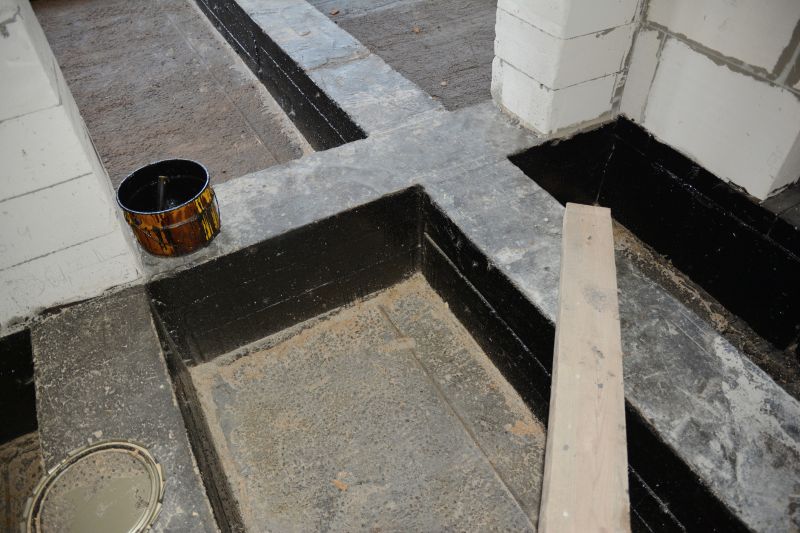
Cleaning and drying foundation surfaces before applying sealant.
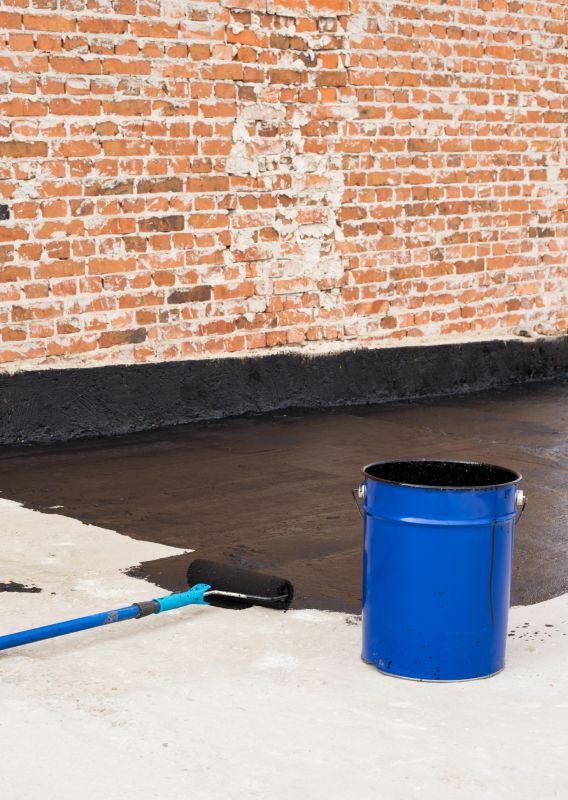
Using specialized tools for even application of sealant on foundation walls.
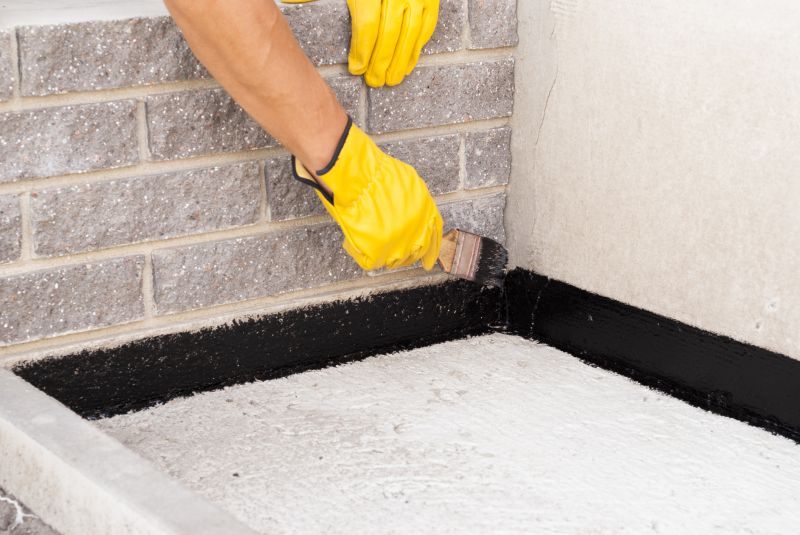
Allowing adequate time for sealant to cure before exposure to moisture.
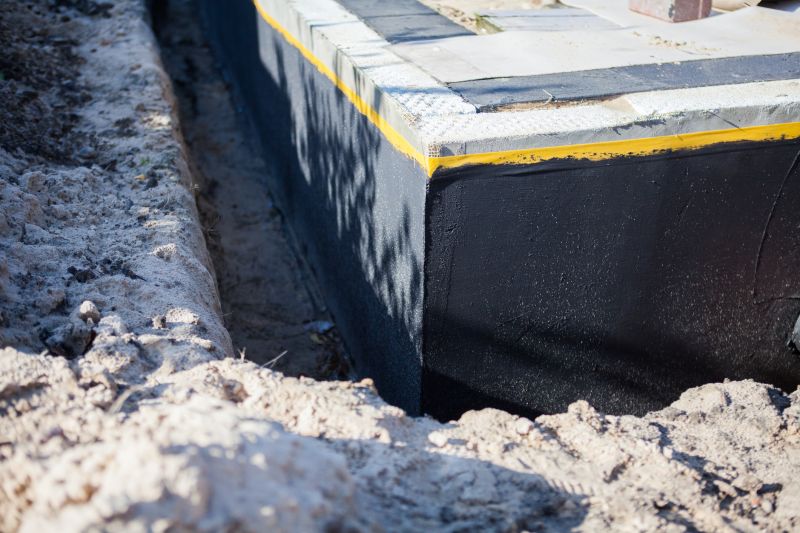
High-end options that actually feel worth it for Foundation Sealings.
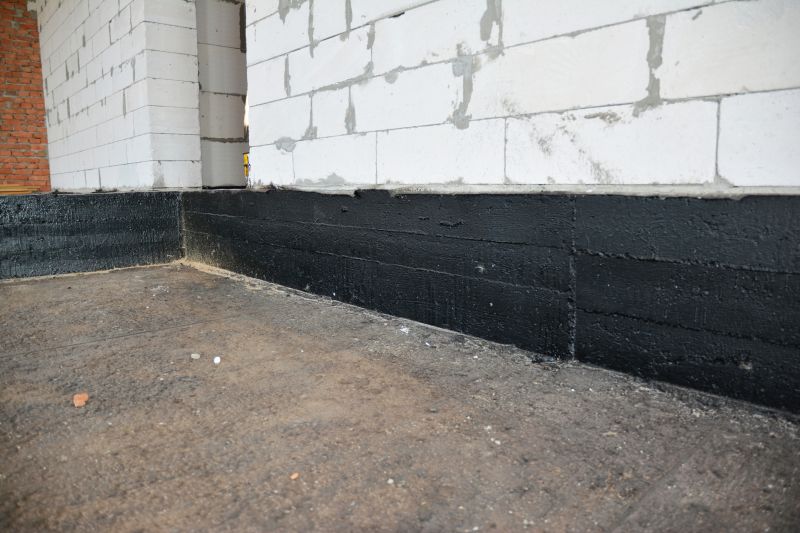
Finishes and colors that play nicely with Foundation Sealings.
| Season | Ideal Conditions |
|---|---|
| Spring | Moderate temperatures, low humidity, dry soil |
| Summer | Warm weather, avoid high humidity and rain |
| Fall | Cool temperatures, dry conditions |
| Winter | Not recommended due to freezing temperatures and moisture |
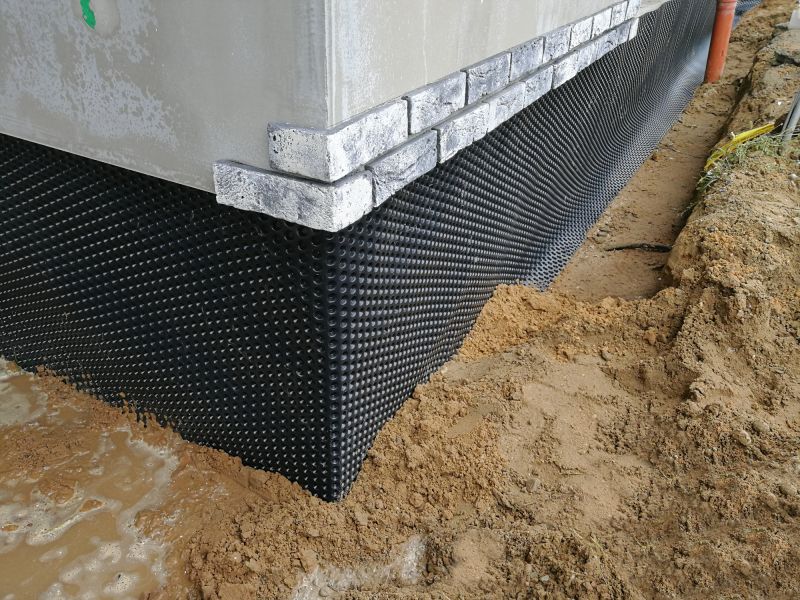
Spring's moderate climate supports effective sealing and curing.
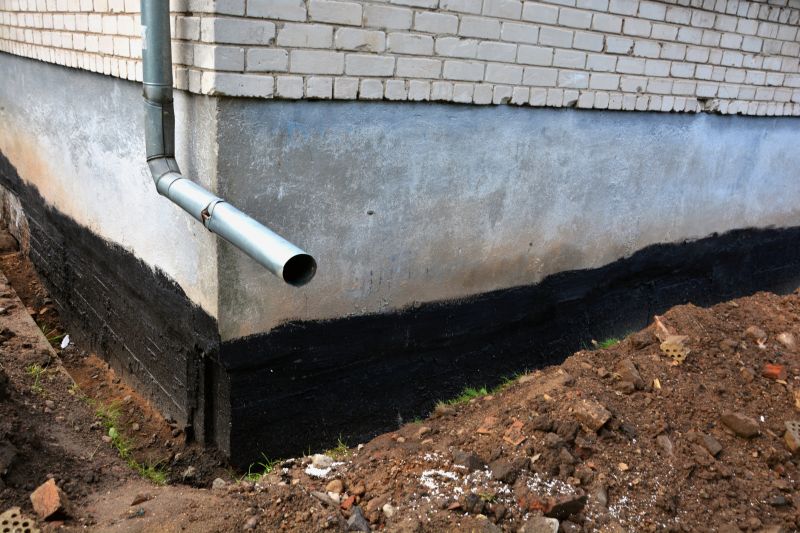
Summer sealing requires attention to humidity and temperature.
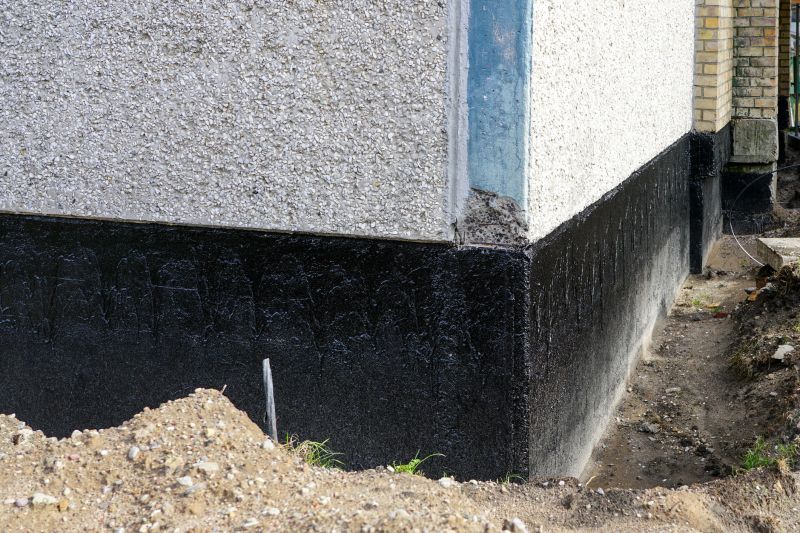
Fall offers favorable conditions for sealing projects.

Winter sealing is generally discouraged due to cold and moisture risks.

Little measurements that prevent headaches on Foundation Sealings day.
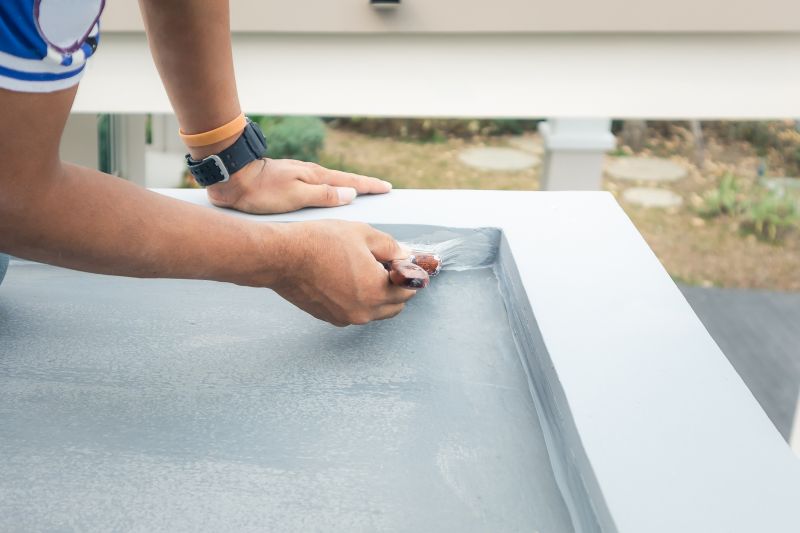
A 60-second routine that keeps Foundation Sealings looking new.

A frequent mistake in Foundation Sealings and how to dodge it.
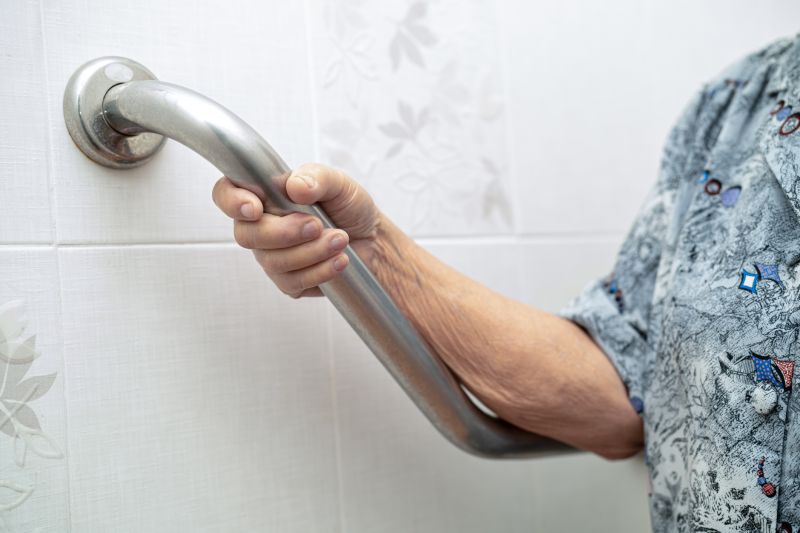
Small tweaks to make Foundation Sealings safer and easier to use.
Proper timing for foundation sealing can significantly impact its effectiveness and longevity. Scheduling during suitable weather conditions ensures the sealant adheres properly and provides maximum protection. Regular inspections and maintenance further enhance the benefits of sealing, helping to avoid costly repairs caused by moisture infiltration.
Interested in foundation sealing services? Filling out the contact form can provide more information and help determine the best timing based on specific project needs and local climate conditions.



